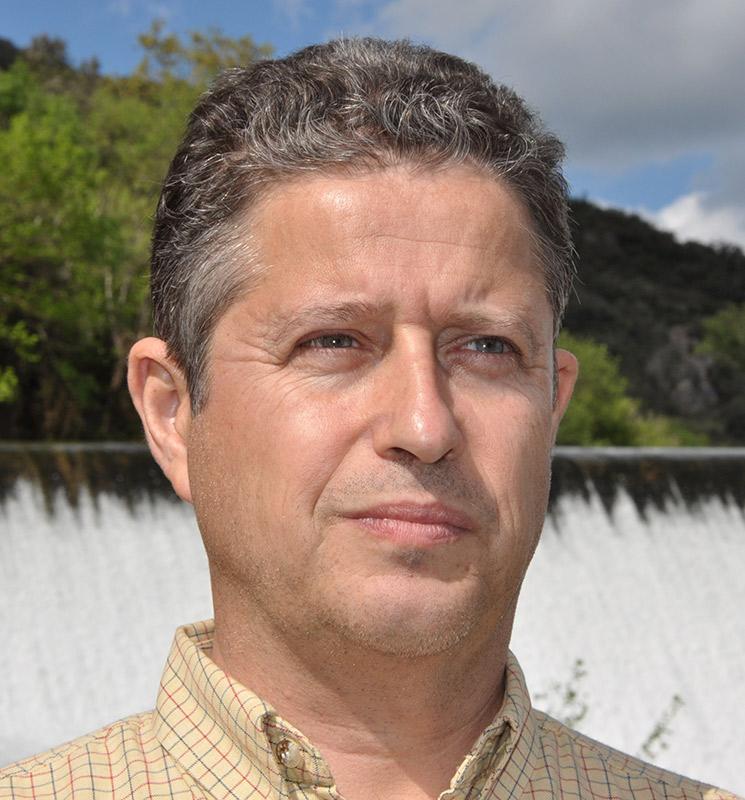Expert view 30 September 2025
- Home
- CIRAD news
- News
- Plinio Sist : Urgent action is needed to restore tropical forest ecosystems
Plinio Sist: “Urgent action is needed to restore tropical forest ecosystems at the territory level”

What is the situation for the world’s forests in terms of deforestation at this point in time?
Plinio Sist: Today, forests cover almost a third of the world’s land area, or just under 4 billion hectares. Half of these forests are situated in tropical regions. Every year for almost 30 years, 5 million hectares of forests have disappeared, mainly due to their conversion to agricultural land or industrial plantations. And most of this deforestation occurs in tropical regions.
Throughout history, forests, including tropical forests, have been used or even shaped by people. Today, the majority of tropical forests have been disturbed to a greater or lesser degree by human societies.
When forests have been logged, they recover slowly. In addition, forests whose most precious species have been harvested are considered to have no value and converted into agricultural land, industrial plantations or grazing land. But numerous studies show that these forests still contain a very high level of biodiversity, very close to that of undisturbed forests, and store more than 80 % of the carbon present prior to logging.
Even within so-called primary forests, the presence of humans is visible in numerous archaeological remains, including in the major forest areas such as the Amazon or the Congo basin. However, although humans are often the cause of forest loss, they can also be key actors in forest preservation.
What actions are currently proposed to prevent deforestation throughout the world and especially in the tropical regions, which have the highest rate?
P. Sist: Forests have always been a source of resources for humans. They provide people with game, fruit, resin, fibre, fodder, medicine, pigments, etc., and of course wood. They also play a fundamental role in climate regulation. Climate change generated by forest loss has a direct impact on agricultural productivity.
The protection of tropical forests can therefore only be achieved with the involvement of communities and society in general. It is also essential that these people are able to profit from the economic development of the resources and services provided by these ecosystems.
But to do so, the challenge is to develop sustainable management practices for these resources.
Once they have been logged, disturbed forests are often considered as being devoid of economic value. Yet forests are not just a source of wood; they provide key environmental services that go well beyond the economic value of timber, especially in terms of biodiversity and carbon storage. We are now facing a mass extinction event, referred to as the Anthropocene, and it is therefore essential that decisions connected to territorial management and land use take account of the crucial role played by these disturbed forests.
In parallel with conservation, there is an urgent need to implement restoration actions for tropical forest ecosystems. At the territorial level, these actions will help to restore the ecological functions of degraded land, such as soil fertility, carbon sink functions, flood control, etc.
The restoration of degraded forests is increasingly present in the discourse. How is it to be deployed on the ground?
P. Sist: Today there are more than 2 billion ha of degraded land resulting from deforestation. It is estimated that this land degradation threatens the well-being of more than 3 billion people worldwide. Consequently, the challenge is not only environmental, but also social and economic. The restoration of forest landscapes is aimed at reversing the degradation of soils, agricultural areas, forests and watersheds at the territorial level, in order to ensure they recover their ecological functions. It can involve different types of action, such as the deliberate introduction of more varied and numerous species in gardens, farms, fields and forests, or the natural regeneration of ecosystems suffering from overgrazing, pollution or any form of overexploitation.
These different actions must be conducted in a coordinated manner at the territorial level. They are aimed primarily at improving the productivity of landscapes and their capacity to meet the various and changing needs of society.
The Bonn Challenge launched in 2011 is an effort to restore 350 million hectares of degraded land by 2030. To date, little action has been undertaken in the field, with most initiatives focusing on country commitment to the Challenge. However, more than 50 countries have joined and committed to promoting landscape restoration. Their commitments currently represent a total of more than 170 million hectares. The main challenge now is therefore to deliver on these commitments. The restoration of 350 million hectares of degraded land by 2030 could generate ecosystem services of a value of 9 000 billion dollars and sequester 13 to 26 additional gigatons of greenhouse gases.
The United Nations has fully understood the urgency of implementing specific restoration actions; on 1 March, its General Assembly declared the 2021-2030 period the Decade of Ecosystem Restoration to strengthen its implementation in the field.
CIRAD is actively involved in this endeavour.



























